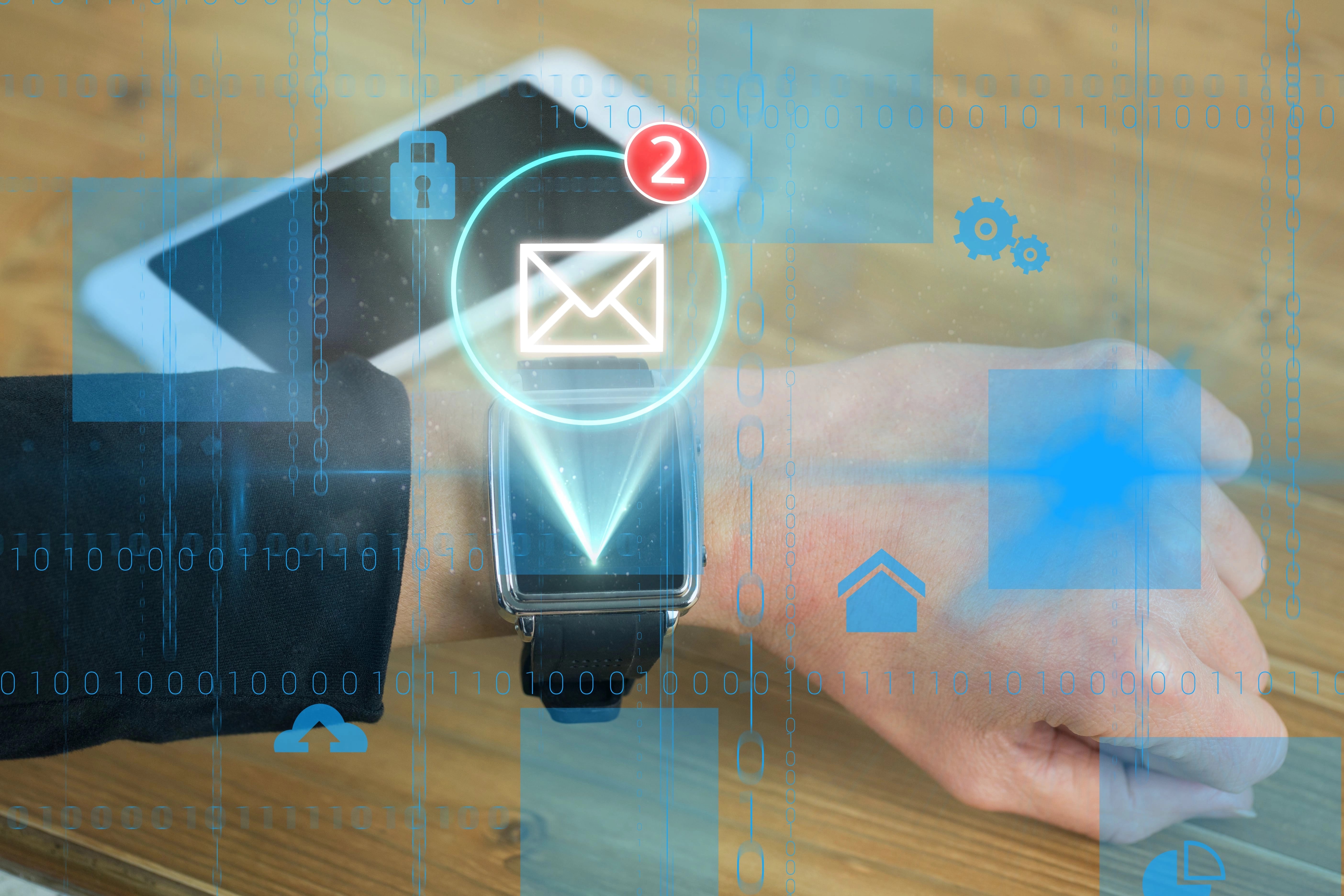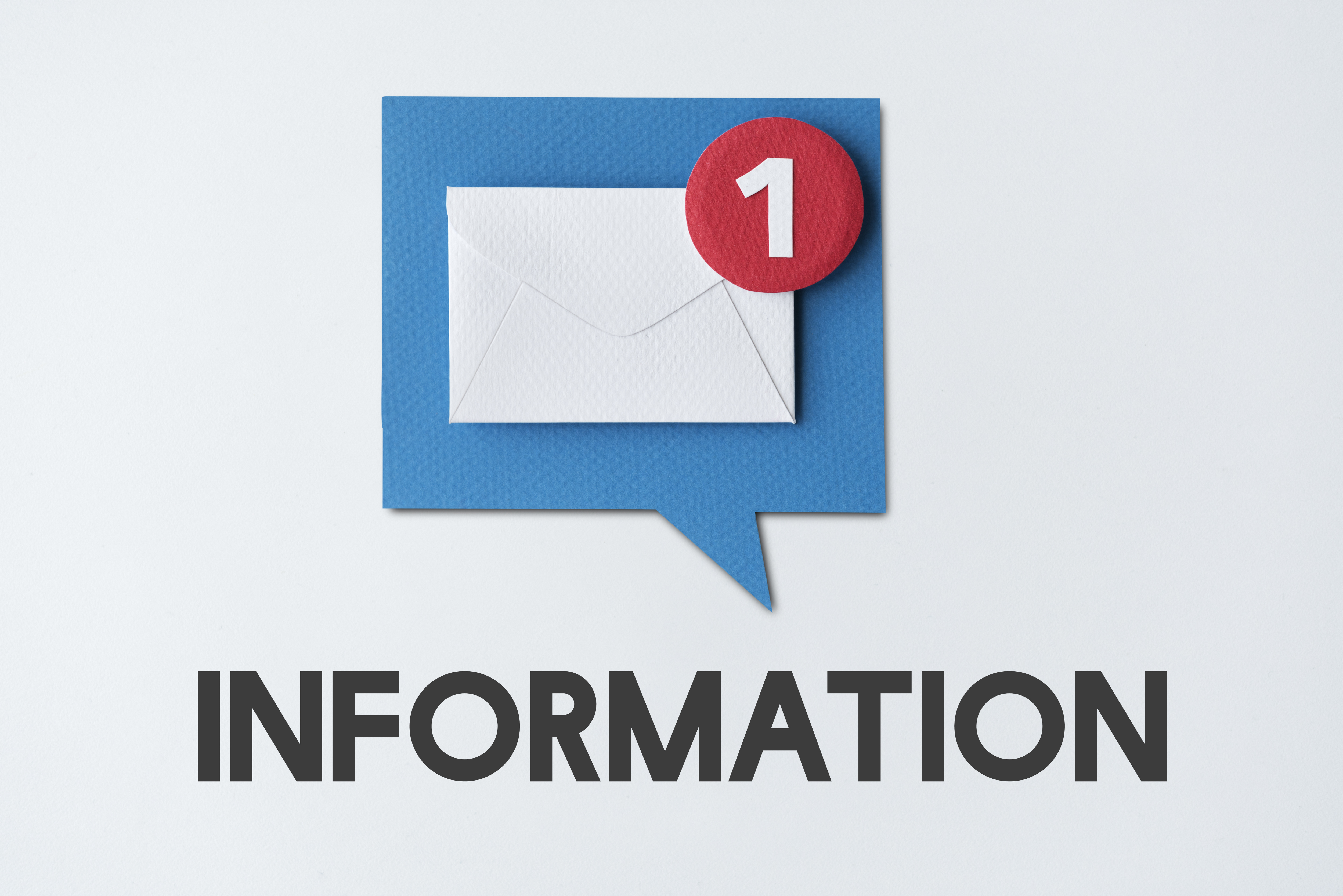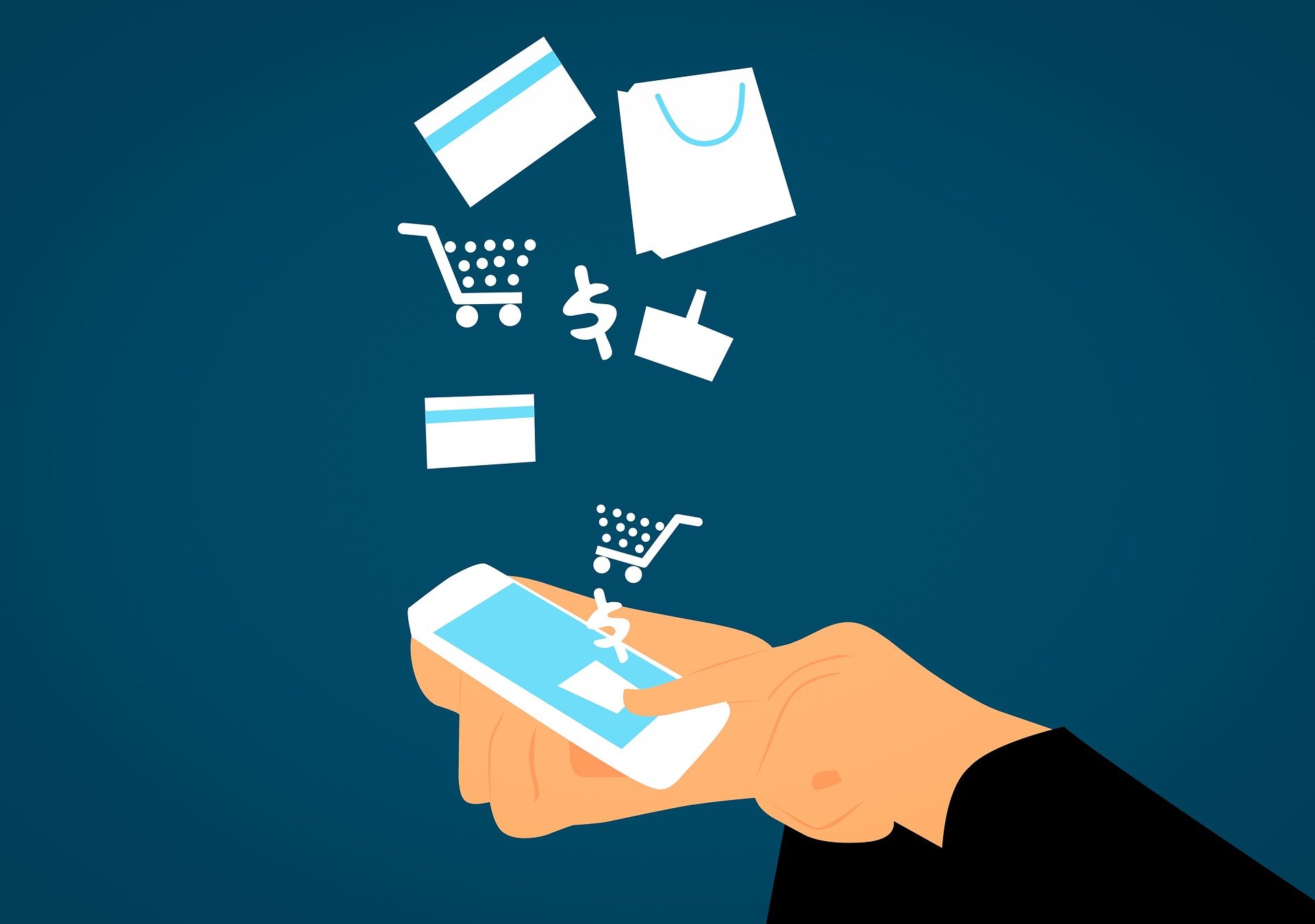

Emails signify a touch of formal and informal urgency. In today’s time, businesses use this feeling of urgency to target their audience and customers through email marketing strategy.
Email marketing strategy helps boost conversions and revenue by providing subscribers and customers with information that’s relevant, concise and pushes them further to perform an action to achieve their end goals.
Let us discuss them:

7 Ways to Build Brand Awareness with Email Marketing


Every day, your consumers receive 100 emails as part of an email marketing strategy by businesses. This means that if you don't take the time to plan ahead, your emails will get lost in congested inboxes or, worse, end up in the spam.
10 Tips to Create Highly Effective Email Drip Campaigns
Let us discuss them:
Understand what your audience needs and then personalise your email marketing strategy/campaign according to their wants and needs.
Segment your database, as then your email marketing strategy becomes much more targeted to your audience. If you segment your lists, you get better open rates, revenue, leads, transactions and more customers. Segmentation also goes hand in hand with General Data Protection Regulation (GDPR) and email marketing.

Gather some background information before deciding on your marketing objectives to plan your email marketing strategy. Check the average email statistics for your industry and use them as a guide for your objectives.
You need your emails to be sent to people. An email list is a group of people who have agreed to receive relevant content from you. To build that list, you'll need a variety of ways for prospects to sign up to receive your emails.
It can be difficult to choose between several email marketing strategies. You can begin by studying about the different forms of email available, then determining which is ideal for your target audience. Customers and prospects should be able to sign up for only the emails that are relevant to them by creating multiple lists for different types of communications.

Decide how often you'll contact your list, tell them what to expect up front and stick to a consistent schedule to build trust and make sure they don't forget about you.
Trigger-based emails are those that are sent out automatically based on user behaviour. 'Welcome', 'thank you' and 'transactional' emails such as order confirmation emails and email receipts are the most typical types of trigger emails. These emails perform much better than traditional emails.
Everything we do as marketers is measured. By being thorough with each metric, you'll be able to make minor modifications to your email marketing strategy that can have a significant impact.
Need help with drip or nurture campaigns? We can help. Reach out.